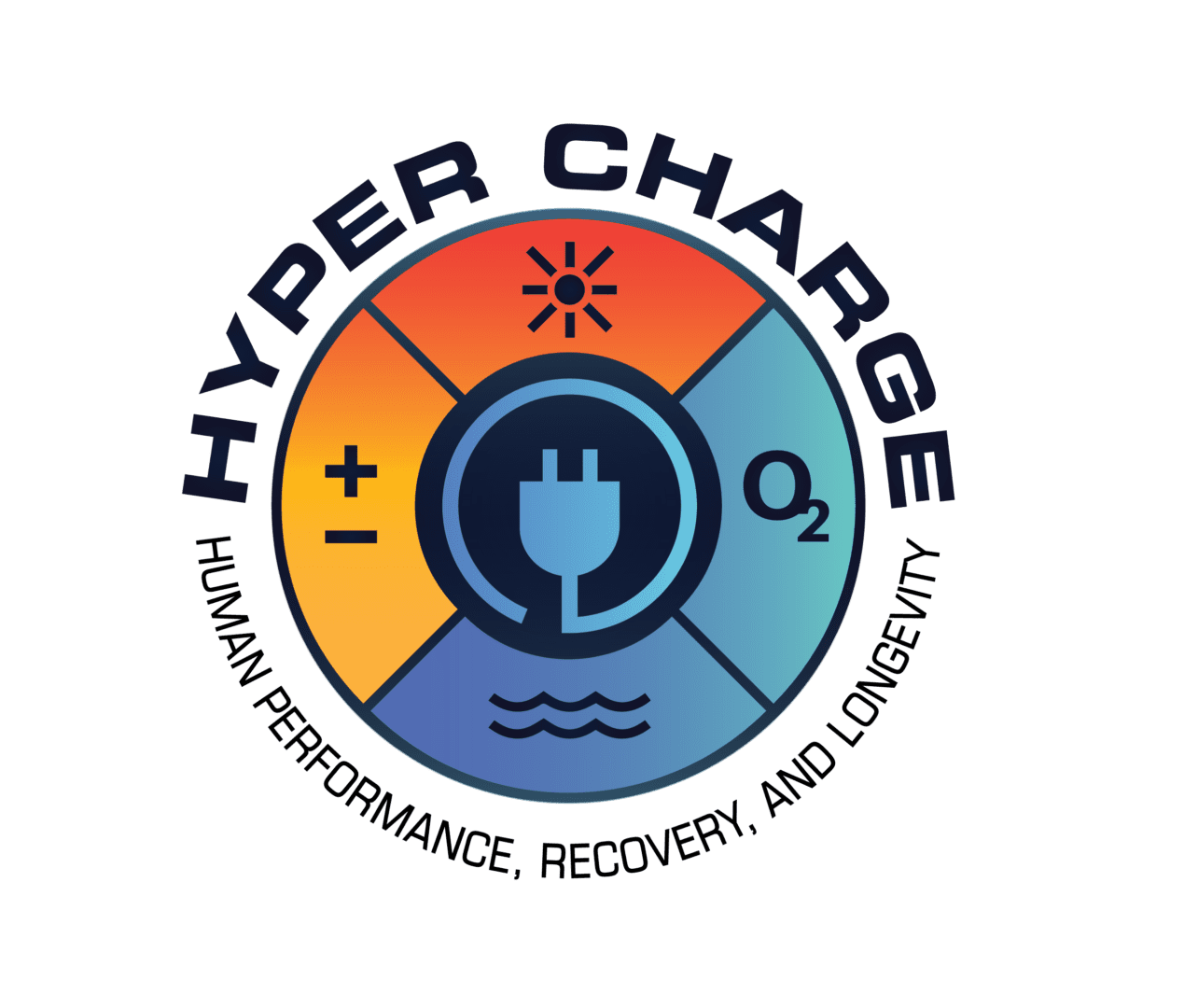On the surface, LED light therapy and Class 4 laser therapy are pretty similar treatment options, but when you dig a little deeper, you’ll realize that they are two different treatments. Both techniques work by delivering enough energy to the targeted tissue in order to kickstart a photochemical process known as photobiomodulation, which helps to energize the cells and improve their overall function and repair process. How they achieve this end goal and the efficacy with which they do this will be the primary focus of today’s blog on the difference between LED and Class 4 laser therapy.
Is Class 4 Laser Therapy Different Than Light Therapy?
Both LED light therapy and Class 4 laser therapy use diode technology to help treat a variety of soft tissue disorders, but there are a number of differences between the power, the wavelength and the physical characteristics of the beam that is being generated. Here’s a closer look at the differences of each of these factors:
- Power – A Class 4 laser beam is much stronger than standard red light therapy or LED therapy, meaning it can more easily penetrate deeper into specific areas to target specific areas that may be harder or even impossible to reach with regular light therapy. This power can also make it more effective at jumpstarting the PBM process compared to standard light therapy.
- Wavelength – A Class 4 laser beam much more concentrated than standard red light or LED therapy. It is a single wavelength in size, minimizing light scatter and making it easier for doctors to target a specific area inside a joint or tissue. LEDs, on the other hand, usually emit small bands of wavelengths that are about 20 nanometers wide. The monochromatic wavelength of the Class 4 laser makes it easier to hone in on a specific area of the body that needs treatment.
- Physical Characteristics – We touched on the physical characteristics of the monochromatic, single wavelength Class 4 laser a little bit in the above section, but this type of laser is important because certain cells only respond to very specific wavelengths of light.
Taken as a whole, and it’s easy to understand why one treatment may be recommended over the other. For more superficial uses like skin tightening or to treat run of the mill tissue damage, standard LED therapy may prove a valuable asset. However, if you are dealing with a deeper or more widespread condition like chronic low back pain or fibromyalgia, a concentrated laser that can penetrate to specific cells may be able to provide you with the tissue repair and pain relief you seek.
We are proud to offer our clients Class 4 laser therapy services because it is more effective at managing hard-to-treat conditions. We know how frustrating it can be to deal with widespread pain or an ailing joint, and red light therapy simply isn’t powerful enough to address the underlying cells as needed to begin the photobiomodulation process. Many patients notice symptom improvement in as little as one session, and we’d be more than happy to show you just how beneficial Class 4 laser therapy can be for your aches and pains.
For more information about Class 4 laser therapy, or to learn about the other therapeutic techniques we offer at HyperCharge Clinic, pick up the phone and give our team a call today at (763) 717-8745.
